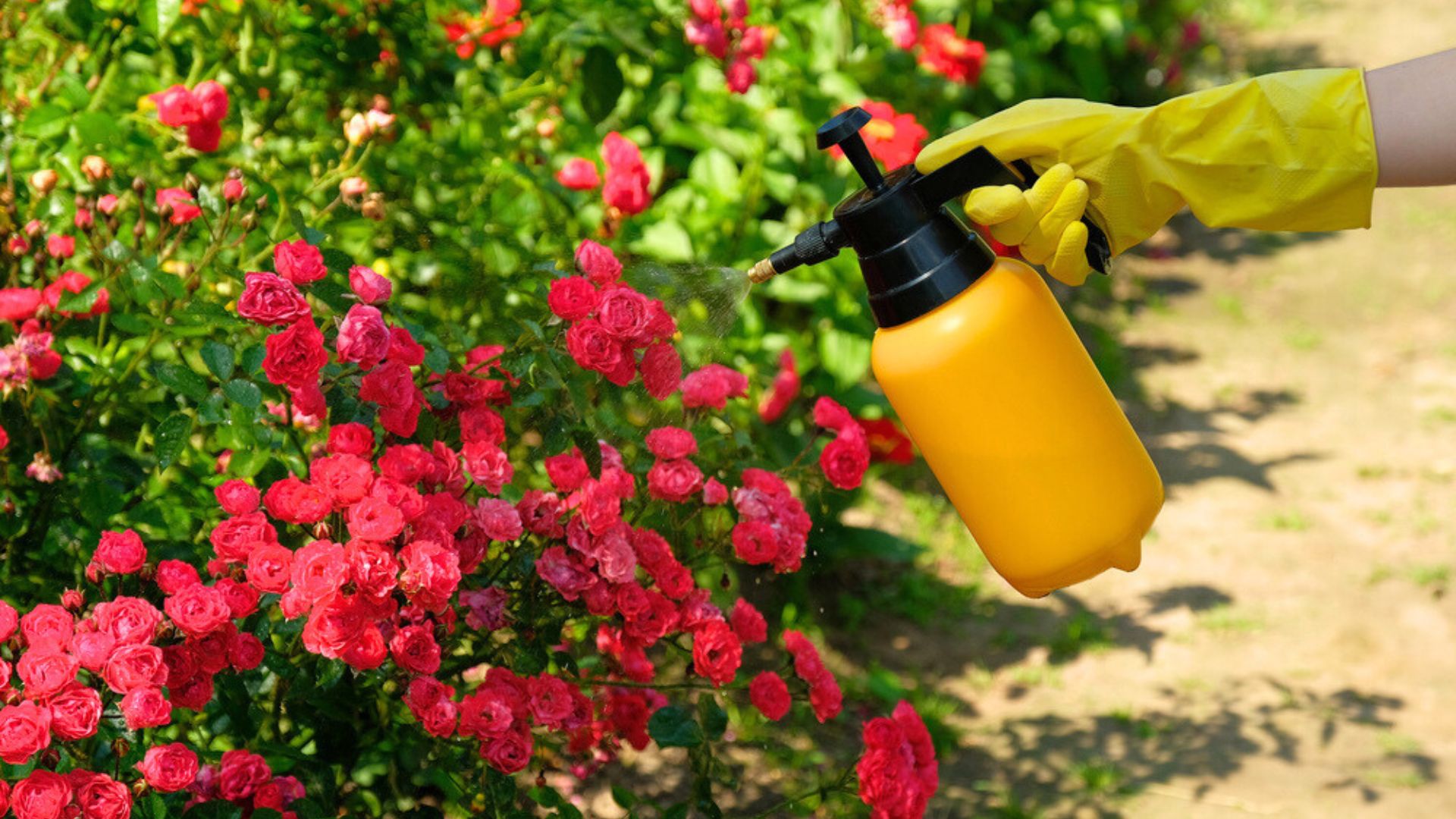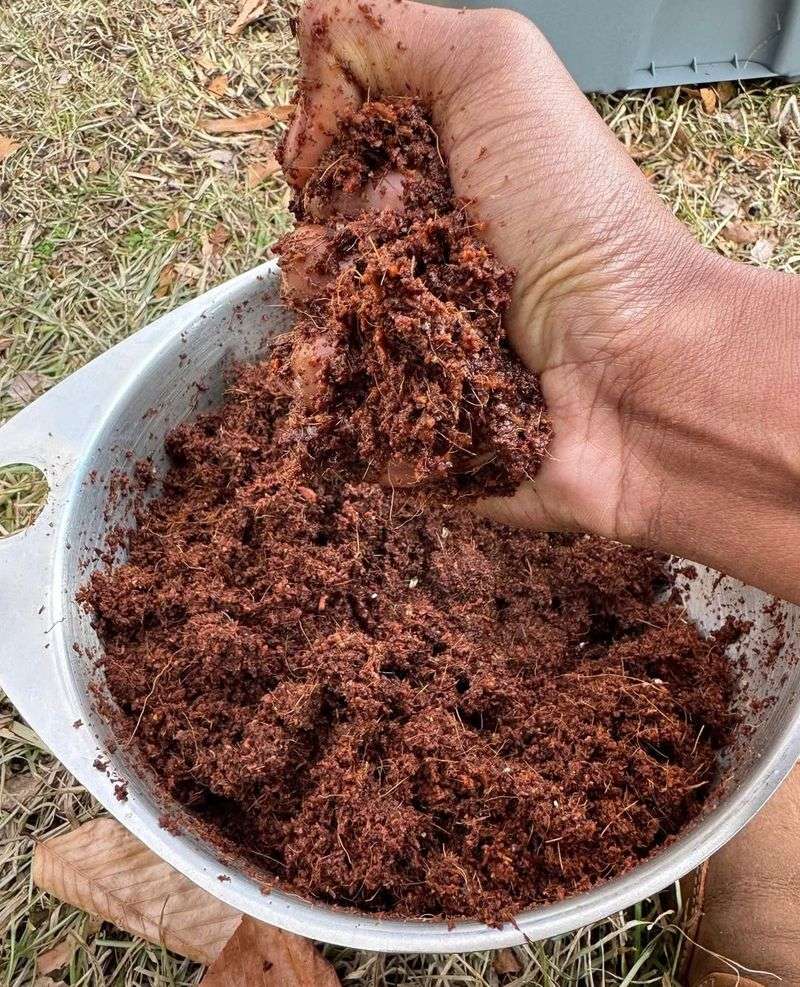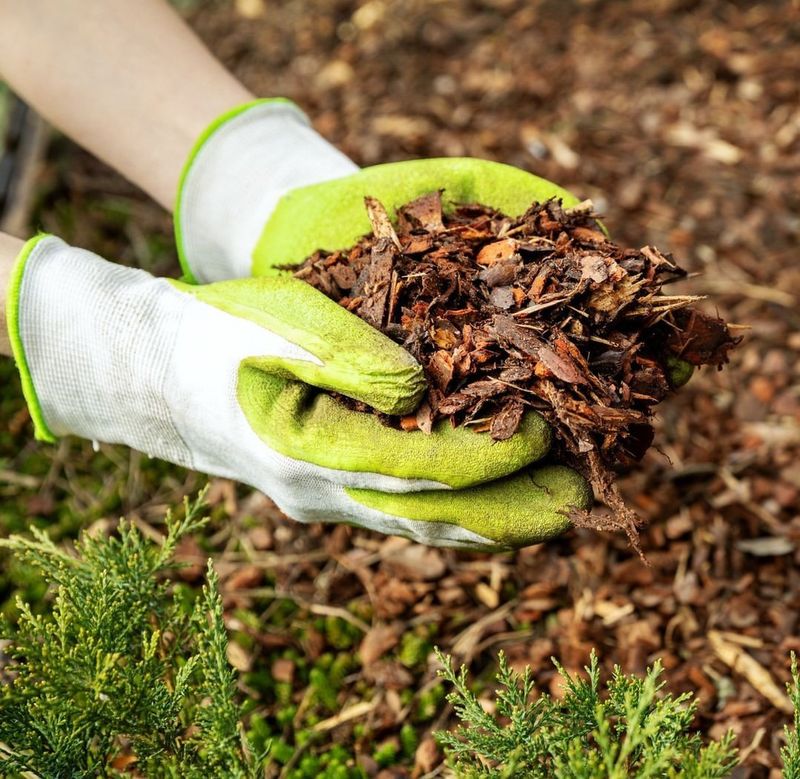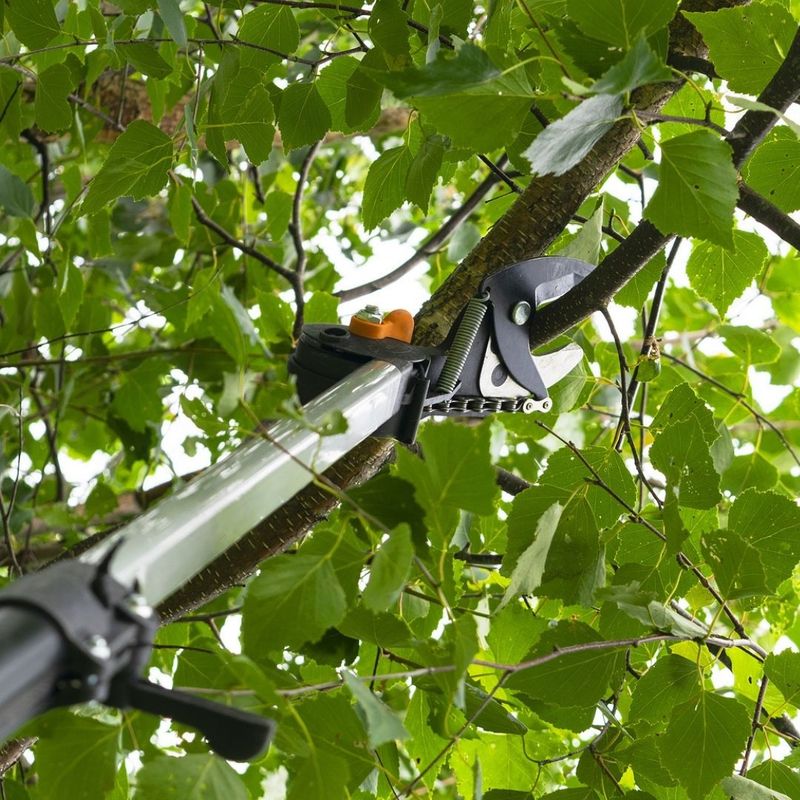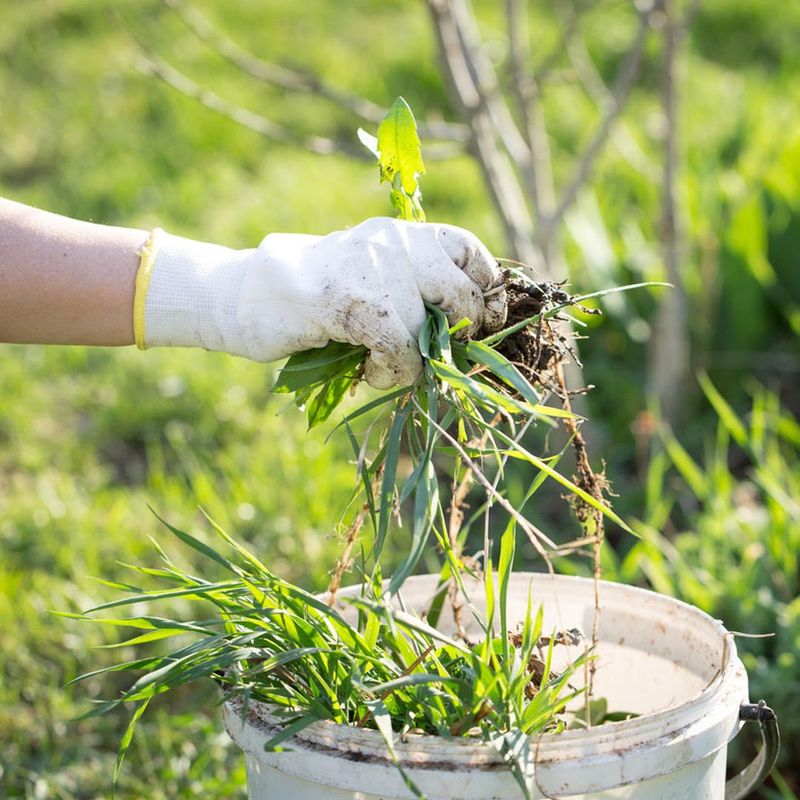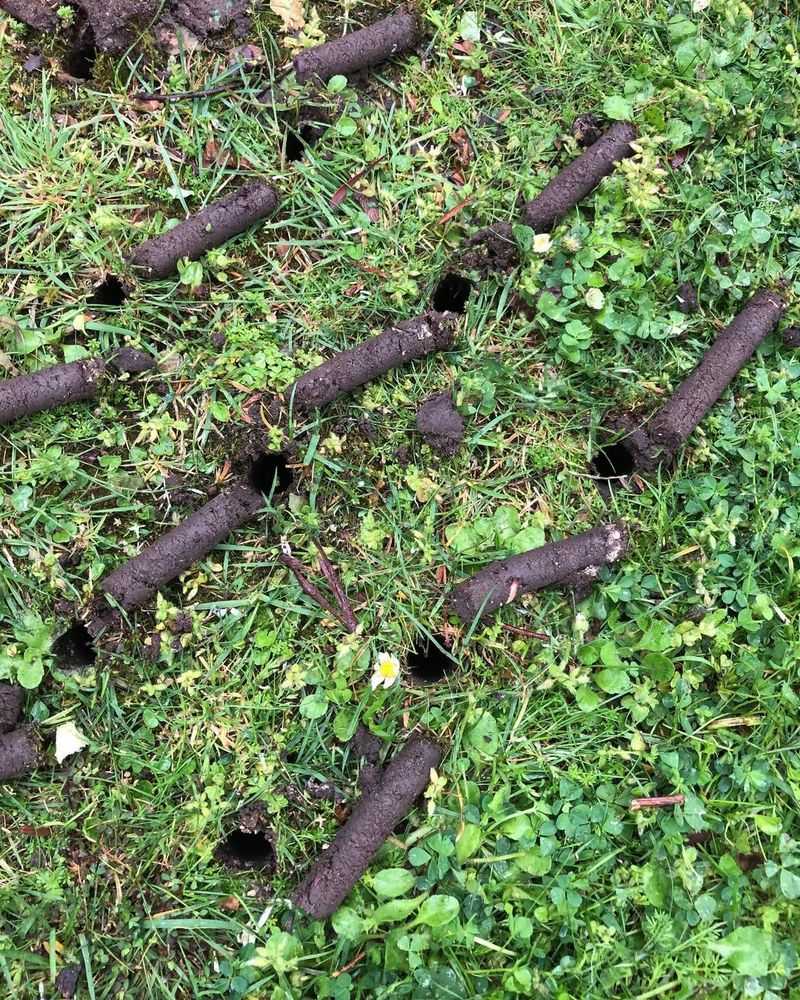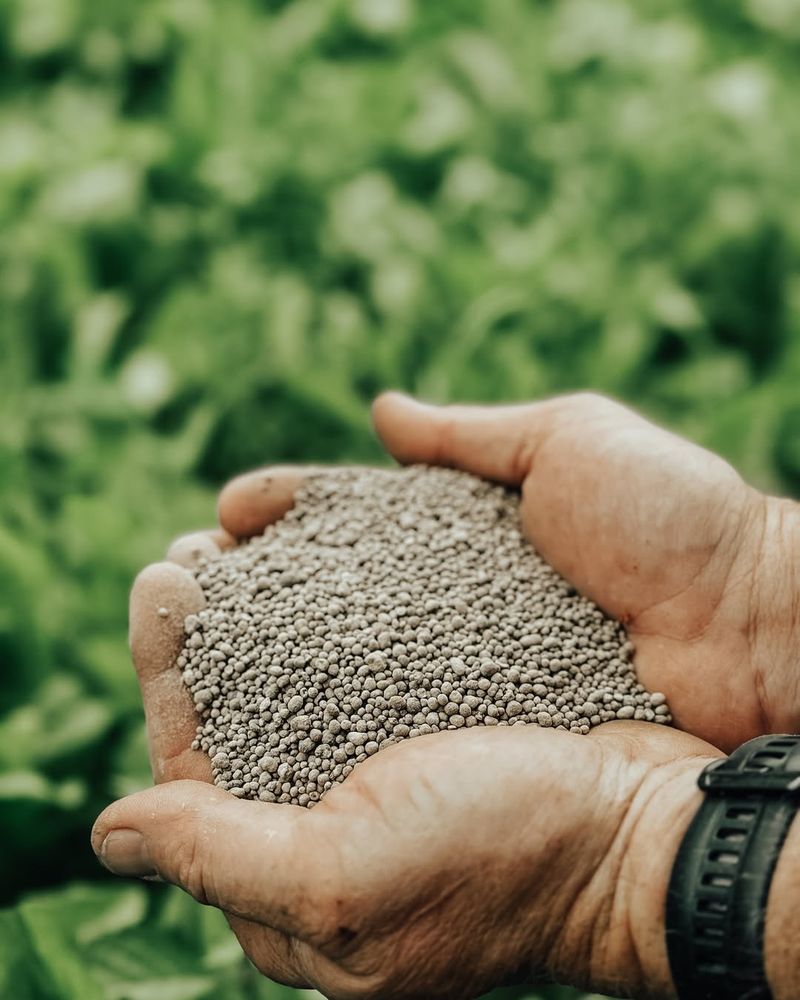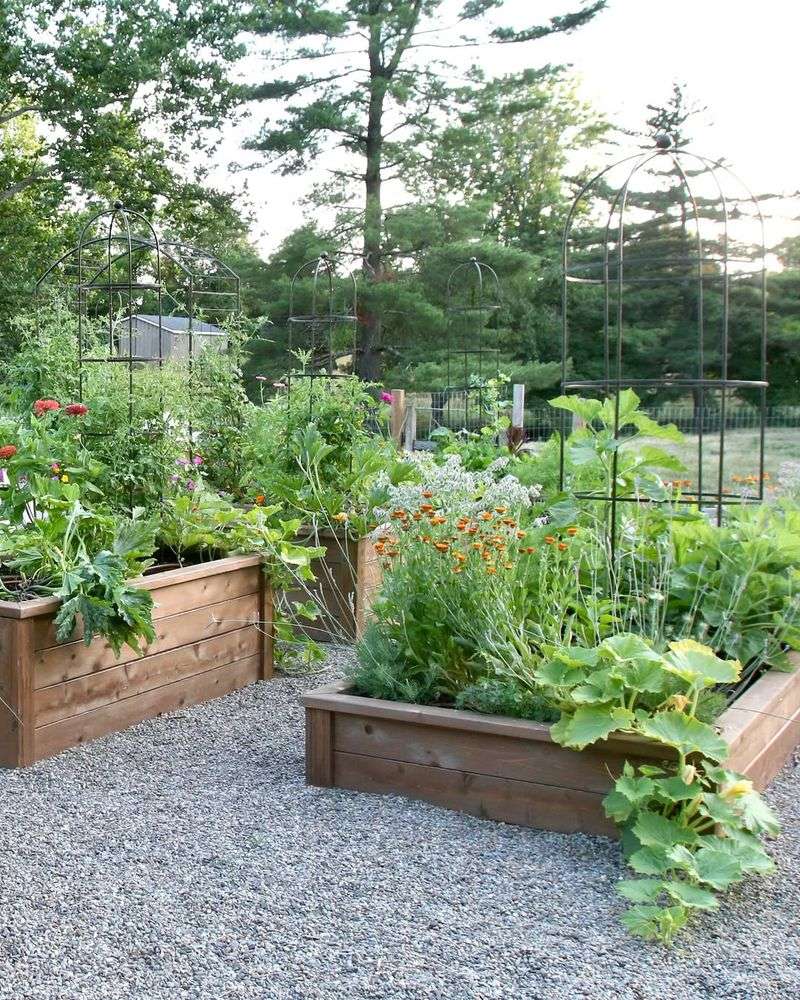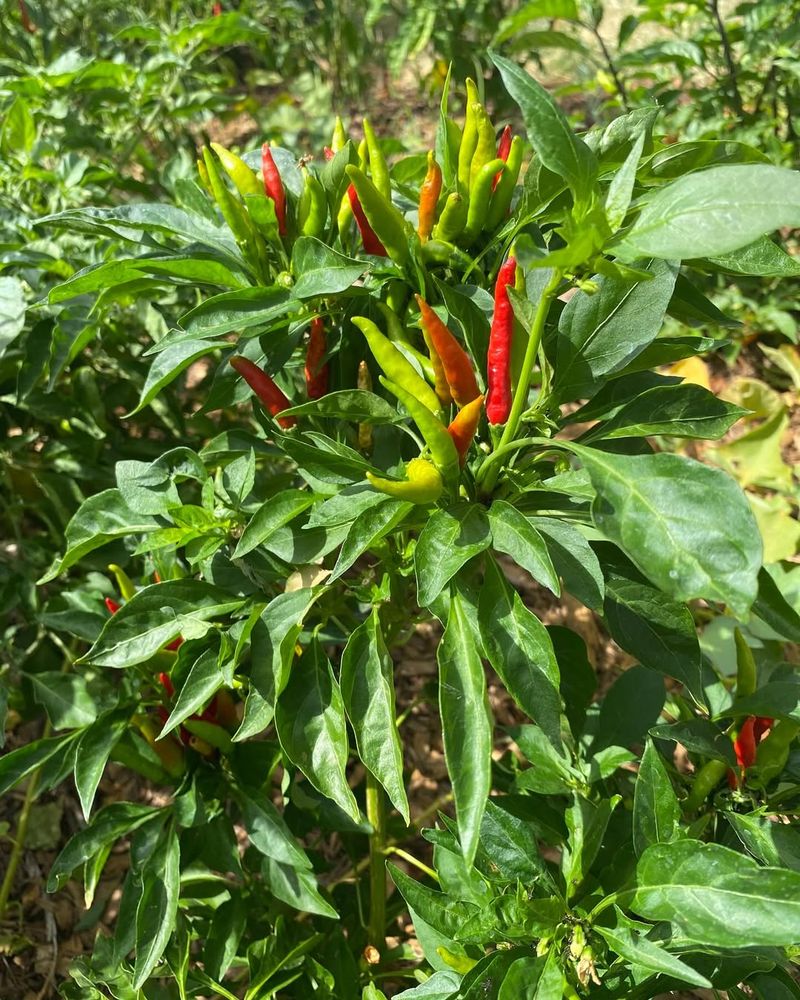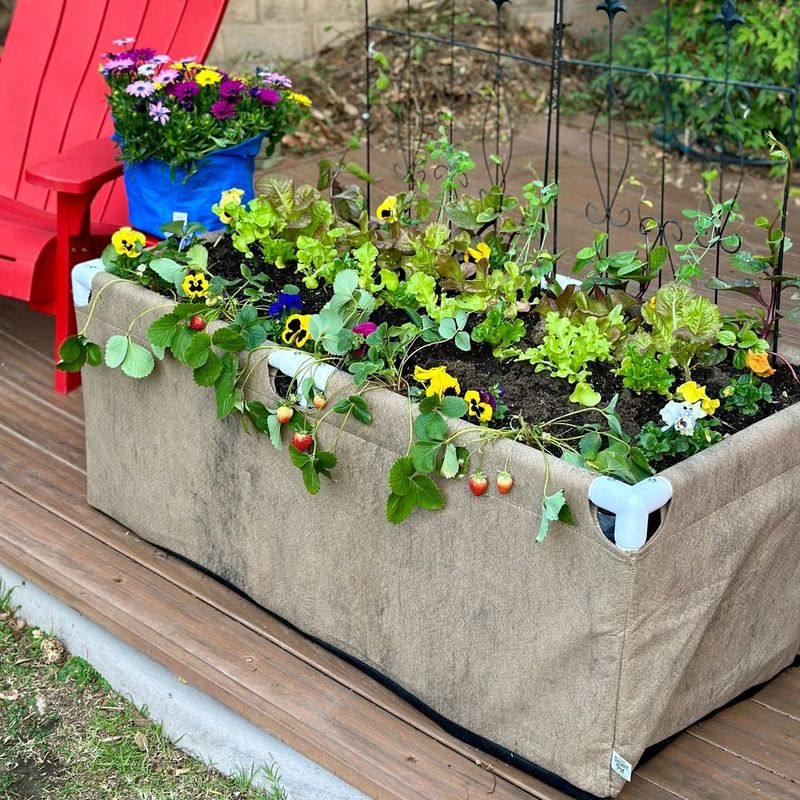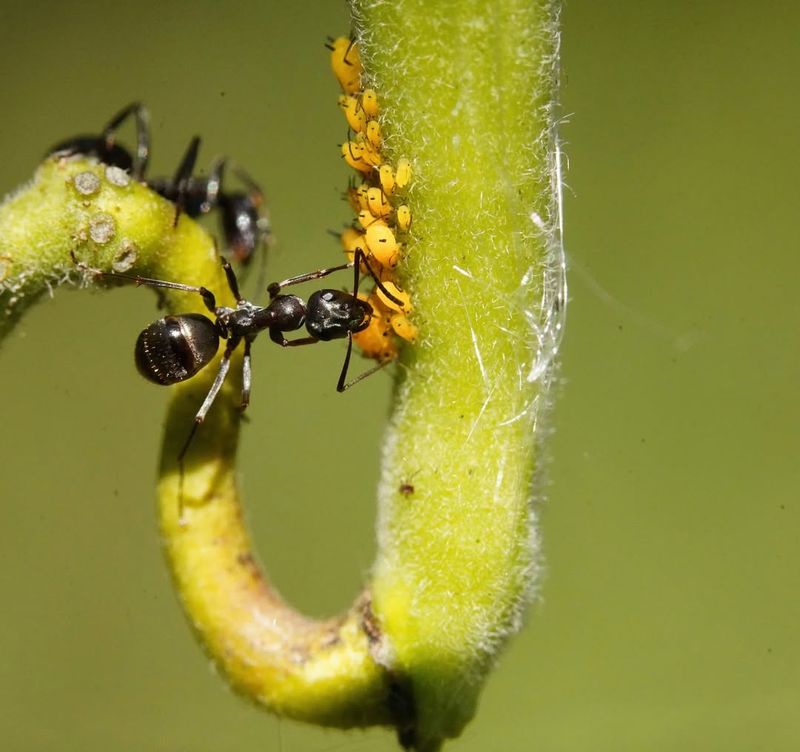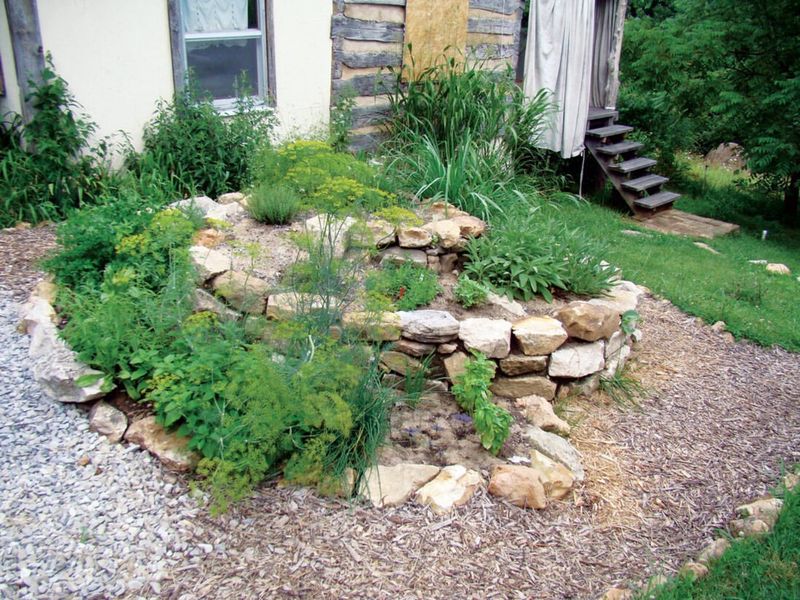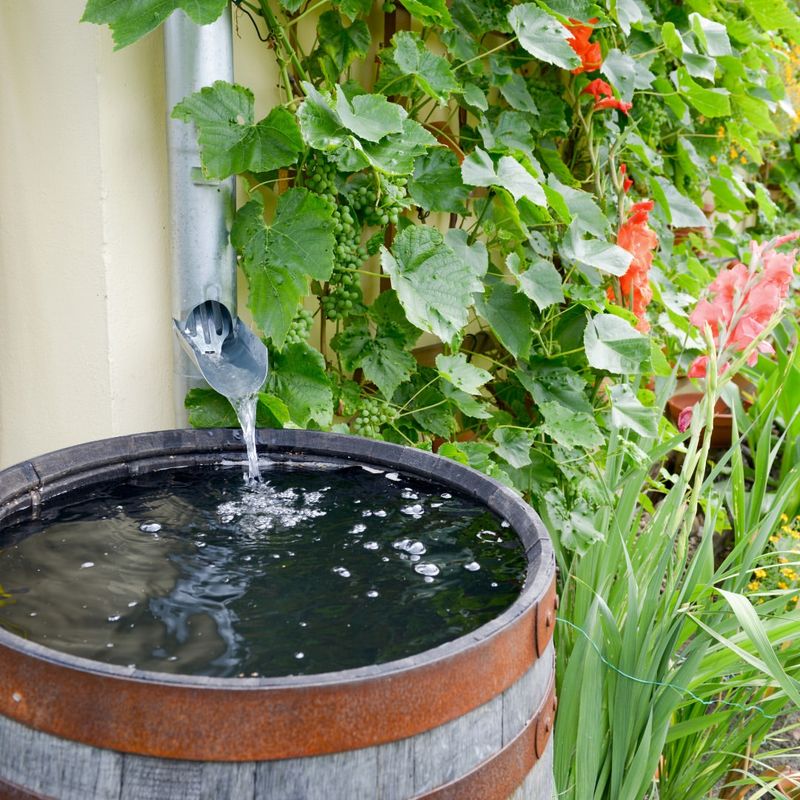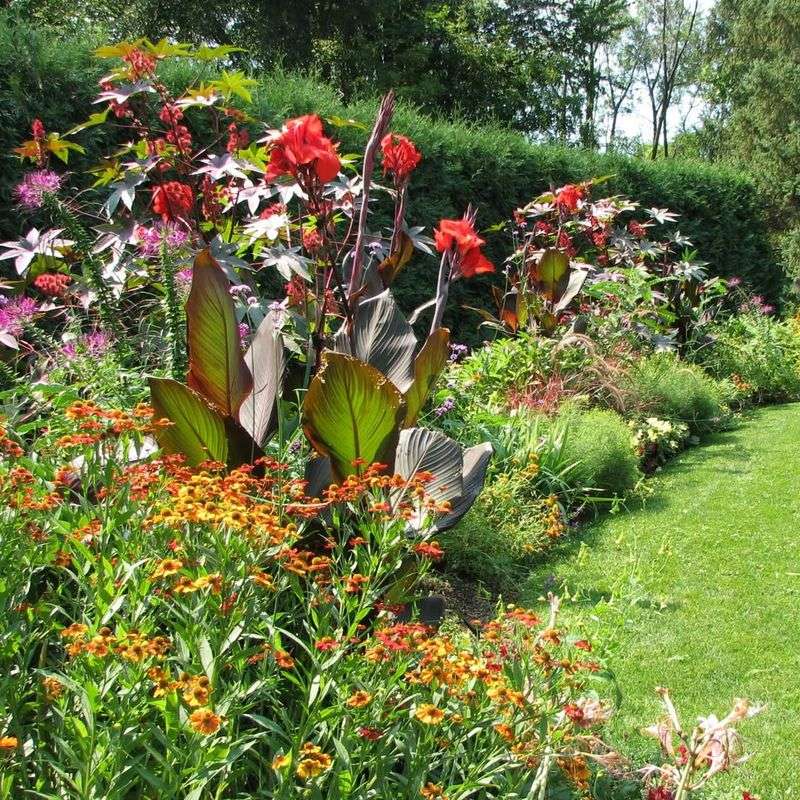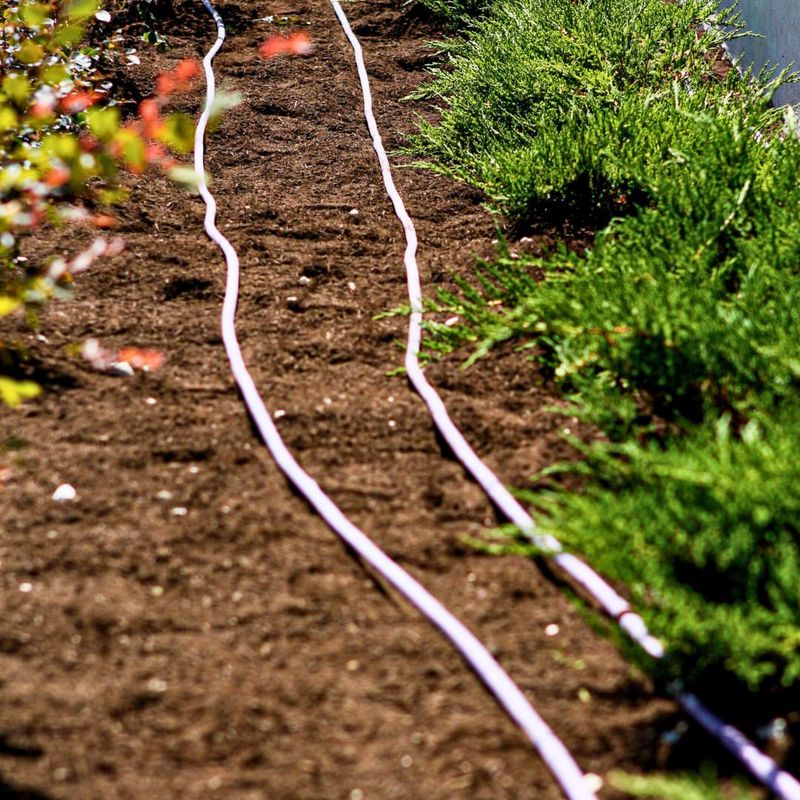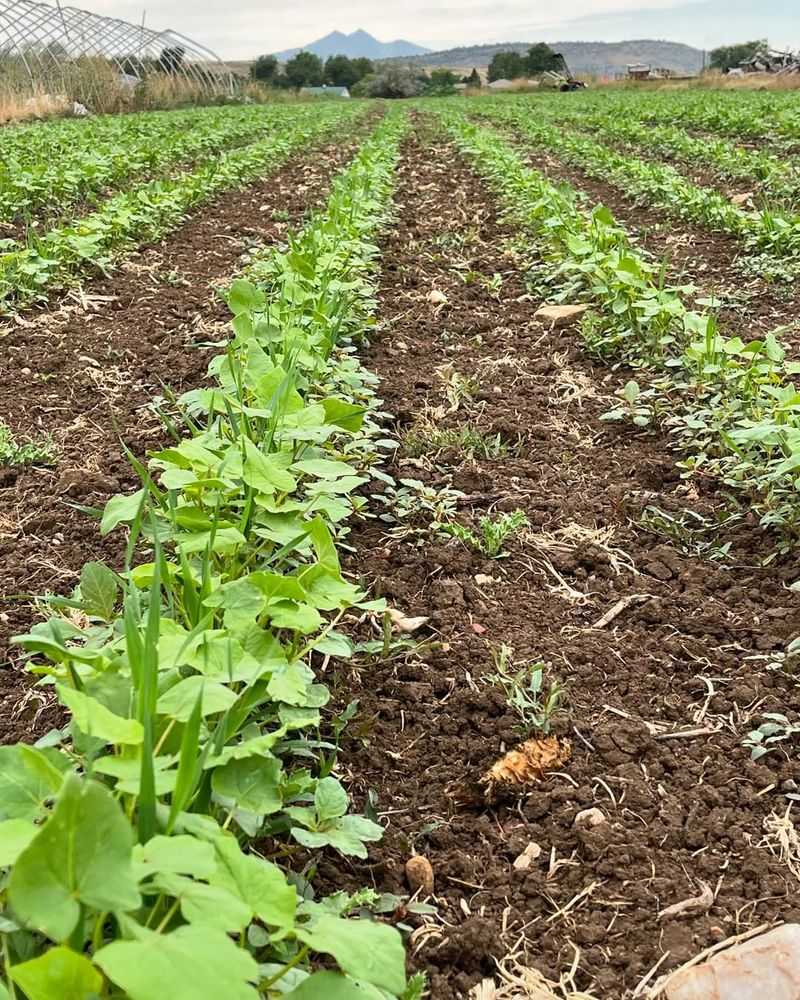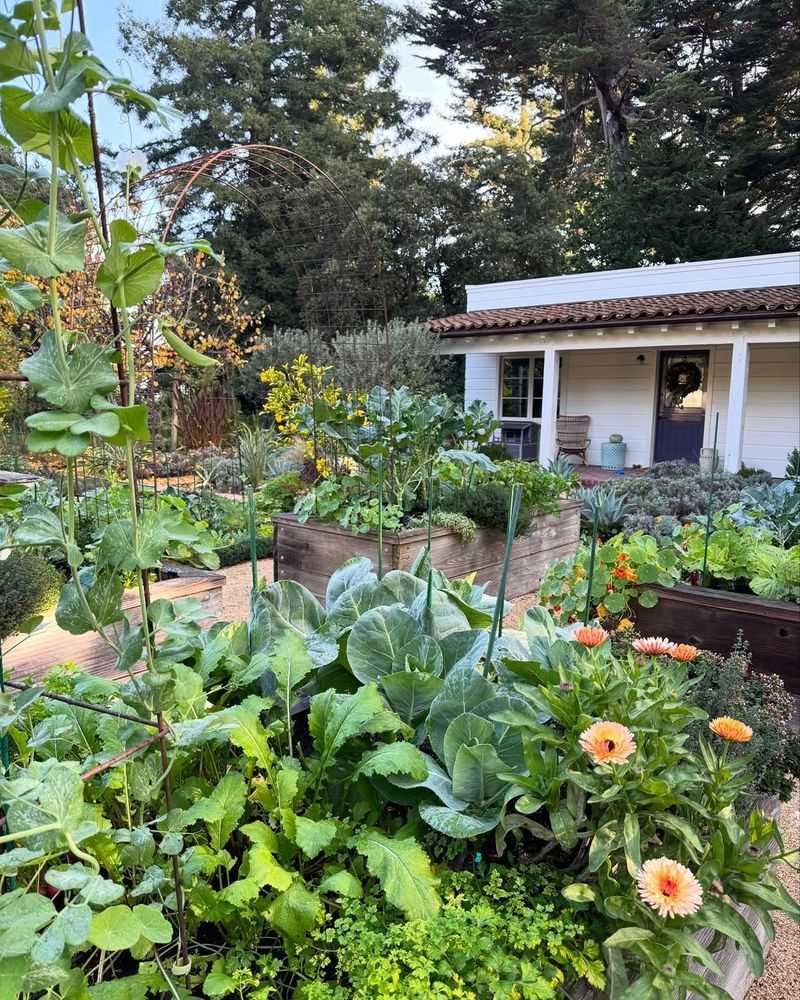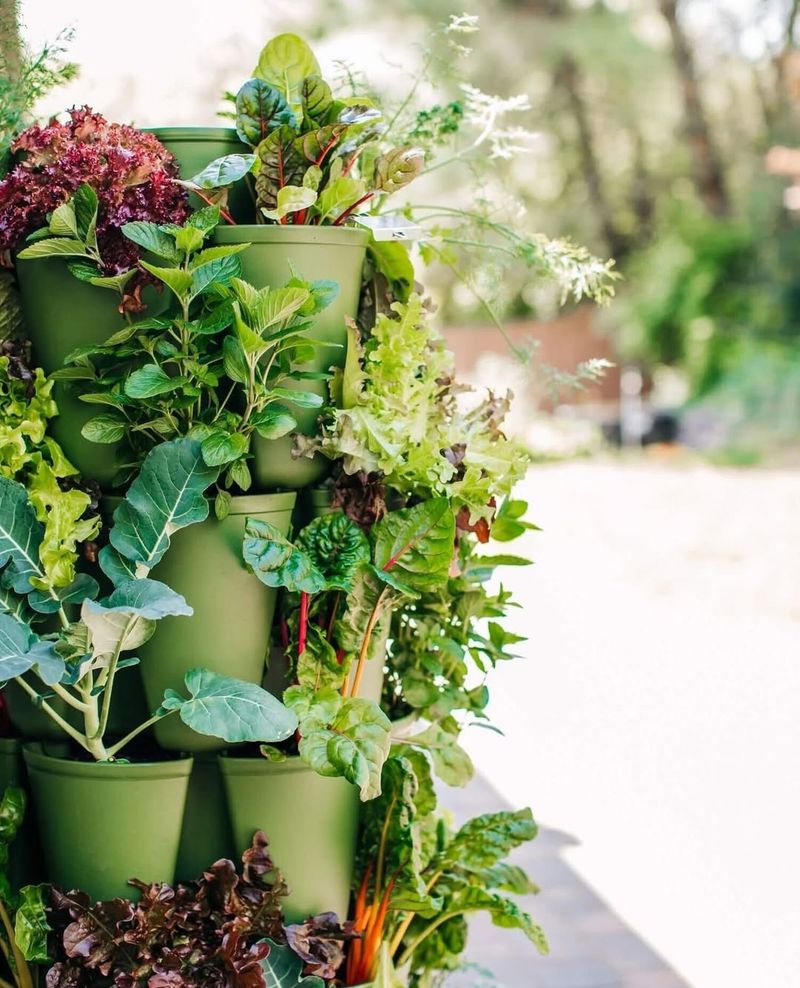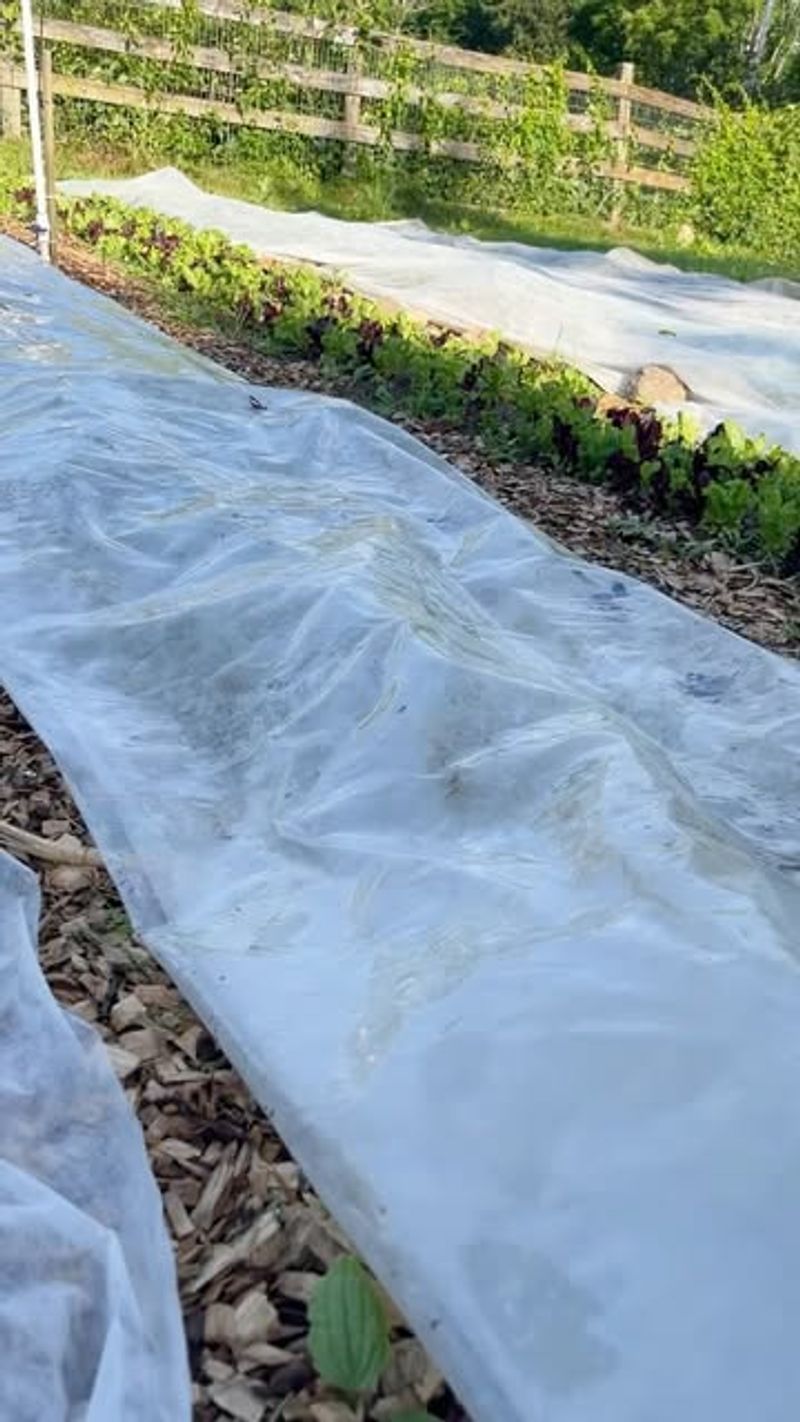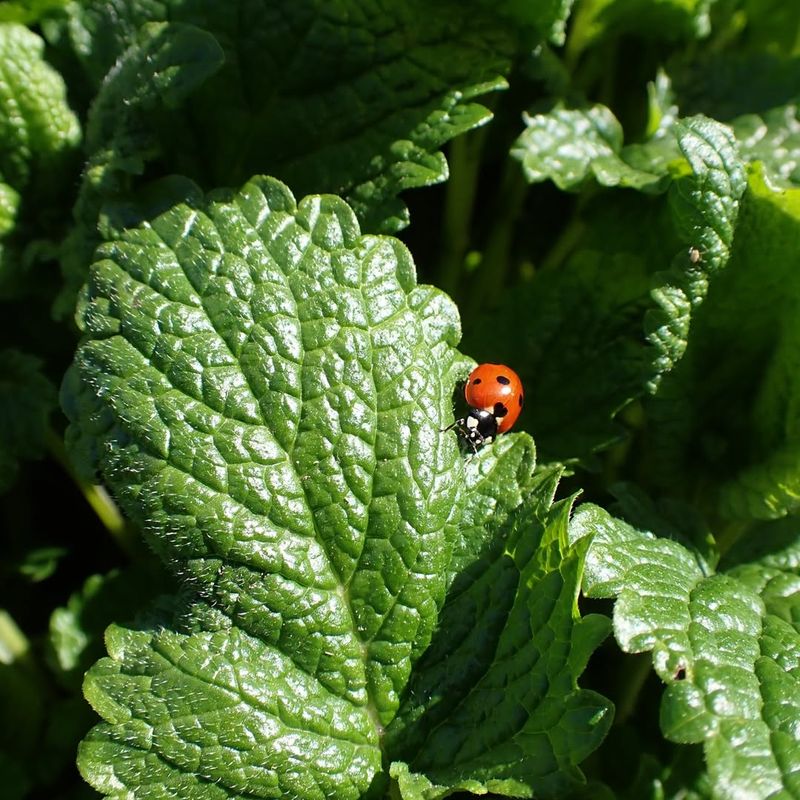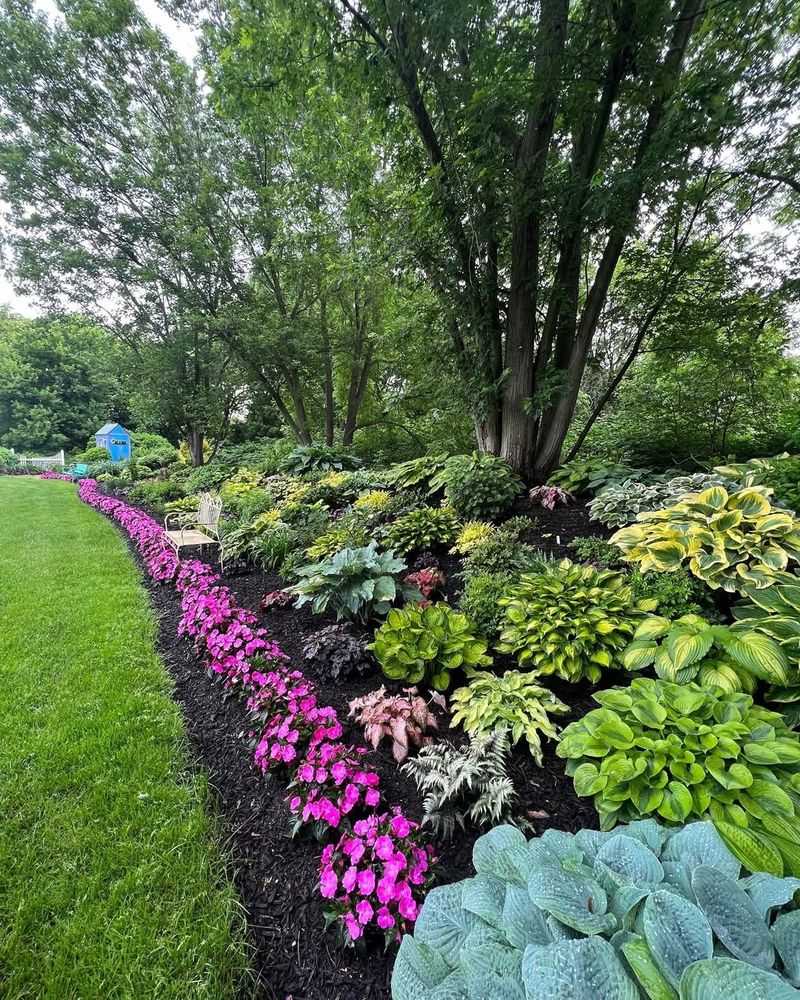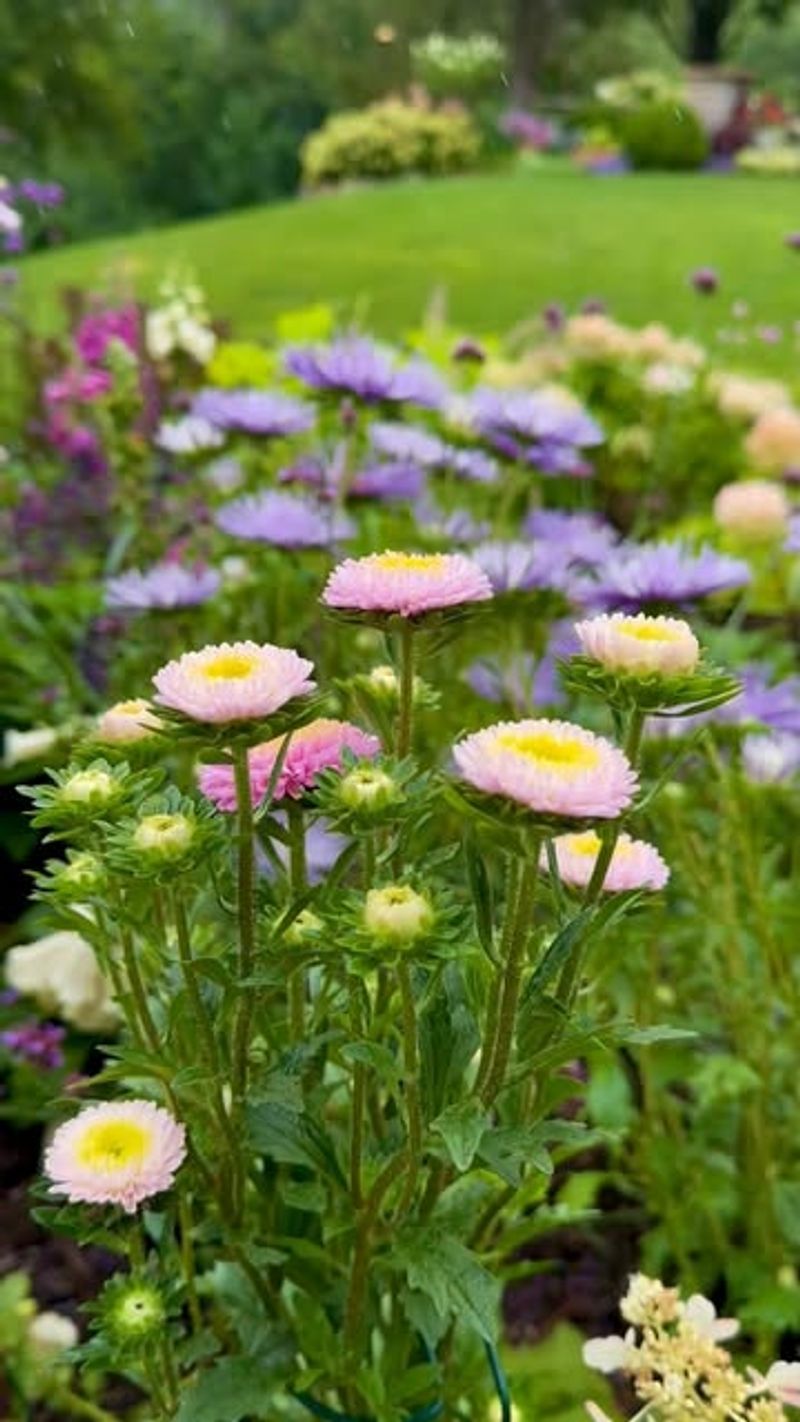Spring is the season of renewal, and your garden beds deserve a fresh start. As temperatures rise, plants come back to life, but they need the right care to thrive.
With a few smart strategies, you can refresh your soil, boost plant health, and create the perfect growing conditions. Here are 20 effective ways to prepare your garden beds for spring, along with expert tips to help your plants flourish all season long.
1. Soil Testing
Understanding your soil’s health is crucial for a thriving garden. A soil test reveals essential information about nutrient deficiencies, pH levels, and more. Once you have the results, amend the soil accordingly. Consider adding organic matter to improve drainage and fertility.
These insights guide you in choosing the right plants and fertilizers, fostering lush growth. Regular testing ensures your soil maintains its optimal condition, supporting vibrant plant life.
2. Composting
Transform garden waste into nutrient-rich compost. This process enriches soil and reduces landfill waste. Start by collecting kitchen scraps and yard waste in a compost bin.
Keep the mix balanced with green and brown materials. Turn the pile regularly to speed up decomposition. The resulting compost can be spread onto garden beds, enhancing soil structure and fertility.
3. Mulching
Protect your garden beds with a layer of mulch. Mulching conserves moisture, suppresses weeds, and regulates soil temperature. Choose organic mulch, like wood chips or straw, for added nutrients.
Apply a few inches thick around plants, avoiding direct contact with stems. This practice not only enhances plant growth but also improves the garden’s appearance, providing a neat and tidy look.
4. Pruning and Trimming
Maintaining plant health involves regular pruning and trimming. This encourages new growth and prevents diseases. Focus on removing dead or diseased branches first.
Pruning also shapes plants and controls their size. By doing so, you allow sunlight to penetrate dense foliage, promoting better air circulation. The result is a garden that looks well-kept and thriving. This practice is vital for perennial plants.
5. Plant Rotation
Rotating crops prevents soil depletion and reduces pest build-up. This technique involves changing the location of plant families each season. Legumes, for example, enrich the soil with nitrogen, benefiting future crops.
By rotating, you promote soil health and increase yield. Planning your garden layout with rotation in mind can significantly enhance productivity. This sustainable practice is essential for a balanced ecosystem.
6. Beneficial Insects
Introduce beneficial insects to manage pests naturally. Ladybugs and bees play crucial roles in pollination and pest control. Encourage these insects by planting nectar-rich flowers and avoiding pesticides.
This method reduces the need for chemical interventions, fostering a healthy garden ecosystem. Beneficial insects are allies in maintaining plant health and vitality. Their presence ensures a balanced environment.
7. Weed Control
Weed management is vital for plant health. Weeds compete for nutrients and water, hindering growth. Regular hand-pulling keeps them in check, especially before they seed. Mulching also suppresses weed growth effectively.
These methods prevent weeds from overtaking your garden, allowing plants to flourish. Consistent weed control contributes to a tidy and healthy garden space.
8. Watering Techniques
Efficient watering ensures plant vitality. Overwatering or underwatering can stress plants, leading to poor growth. Implement drip irrigation or soaker hoses to deliver water directly to roots.
This reduces evaporation and conserves water. Watering deeply but infrequently encourages deep root systems. Proper techniques maintain soil moisture balance, supporting robust plant development.
9. Soil Aeration
Promote healthy root development through soil aeration. Compacted soil restricts air and water flow, hindering growth. Use a garden fork or aerator to loosen soil, allowing roots to access nutrients and oxygen.
Regular aeration enhances soil structure and drainage. This practice is beneficial for lawns and flower beds, promoting lush growth.
10. Fertilization
Boost plant nutrition with proper fertilization. Essential nutrients, like nitrogen and potassium, support growth and flowering. Choose organic fertilizers for a sustainable approach.
Apply them according to plant needs and growth stages. Regular feeding ensures plants have the resources to thrive, resulting in vibrant blooms and bountiful harvests. Fertilization is key to a productive garden.
11. Raised Beds
Elevate your gardening with raised beds. They improve drainage, prevent soil compaction, and offer better control over soil conditions. Construct them using materials like wood or stone.
Fill with quality soil and compost mix. Raised beds are ideal for areas with poor soil or limited space, providing a concentrated area for intensive gardening. They enhance accessibility and productivity.
12. Companion Planting
Maximize garden yields with companion planting. Certain plants, when grown together, enhance each other’s growth. For example, marigolds deter pests, benefiting veggies like tomatoes. Plan your garden layout to include beneficial plant pairings.
This method promotes biodiversity and reduces chemical use. Companion planting supports a healthy garden ecosystem, boosting overall productivity.
13. Seasonal Planting
Timing is crucial for successful gardening. Seasonal planting aligns with climate and plant needs. Research local frost dates and select appropriate varieties for each season.
Starting seeds indoors extends the growing season, giving plants a head start. Proper timing ensures plants mature under optimal conditions, maximizing yields.
14. Pest Management
Keep garden pests at bay with integrated management strategies. Regularly inspect plants for signs of damage. Use natural solutions like neem oil or insecticidal soap.
Encourage predators, such as birds, to control pests. These methods reduce reliance on chemicals, promoting a healthier garden environment. Effective pest management is essential for robust plant health.
15. Herb Spirals
Create a functional and space-efficient garden with herb spirals. This design maximizes vertical space, ideal for small areas.
Construct using stones or bricks, and plant herbs according to their sun and water needs. Herb spirals provide diverse microclimates, supporting a range of herbs. They enhance garden aesthetics and accessibility.
16. Rainwater Harvesting
Conserve water resources with rainwater harvesting. Collecting rainwater reduces reliance on municipal supplies. Install barrels or tanks to capture runoff from roofs.
Use this water for garden irrigation, saving costs and resources. This sustainable practice benefits the environment and ensures a steady water supply for plants.
17. Biodiversity Enhancement
Encourage wildlife by enhancing garden biodiversity. A diverse plant selection attracts beneficial insects and birds. Include native species to support local ecosystems.
Avoid monocultures, which can lead to pest issues. Biodiversity strengthens resilience, creating a balanced garden environment. It’s a vital component of sustainable gardening.
18. Drip Irrigation
Optimize water usage with drip irrigation. This system delivers water directly to plant roots, minimizing evaporation. Set up involves hoses and emitters positioned around plants.
It’s efficient and reduces water wastage. Drip irrigation supports consistent soil moisture, crucial for healthy growth. It’s ideal for water-scarce areas.
19. Cover Cropping
Improve soil health with cover cropping. These plants protect soil from erosion and enhance fertility. Choose legumes or grasses to fix nitrogen and add organic matter.
Once grown, incorporate them into the soil as green manure. Cover crops prepare soils for subsequent planting, boosting productivity.
20. Wildlife Habitats
Create wildlife habitats to support ecosystem balance. Birdhouses and bee hotels attract beneficial species. Position them in sheltered spots near flowering plants.
Providing water sources further encourages wildlife. These habitats bolster pest control and pollination, essential for a thriving garden. They contribute to biodiversity and garden health.
21. Edible Landscaping
Integrate edible plants into your landscape for beauty and function. Fruits and vegetables add visual interest and nutritional benefits.
Design with aesthetics and plant needs in mind, ensuring compatibility. Edible landscaping maximizes space, providing food year-round. It’s a sustainable approach to gardening that combines utility and appeal.
22. Vertical Gardening
Maximize space with vertical gardening. Ideal for small areas, it increases planting options. Use trellises, wall planters, or hanging baskets to grow upwards.
Select plants suited for vertical growth, like vining varieties. This method enhances accessibility and aesthetics. Vertical gardening offers innovative solutions for limited spaces.
23. Solarization
Control pests and weeds with solarization. This method uses sunlight to heat soil, eliminating harmful organisms. Cover soil with clear plastic during hot months.
The heat penetrates, sterilizing the top layer. Solarization is chemical-free, improving soil health. It’s effective for preparing garden beds for planting.
24. Organic Pest Control
Use organic methods to combat pests without chemicals. Diatomaceous earth is effective against crawling insects. Apply it around plants, forming a barrier.
Its abrasive nature damages pests without harming plants. Organic controls preserve beneficial insects while protecting plant health. They’re a sustainable choice for pest management.
25. Seed Saving
Preserve plant varieties with seed saving. Collect seeds from healthy plants at the end of the season. Dry them thoroughly before storage in a cool, dry place.
Label and date for future reference. Seed saving promotes biodiversity and reduces reliance on commercial seeds. It’s an economical and rewarding gardening practice.
26. Shade Management
Protect plants from harsh sunlight with shade management. Use cloths or structures to reduce sun exposure. Position them during peak hours for sensitive plants.
This prevents sunburn and stress. Effective shade management ensures plants receive adequate light without damage. It’s crucial for maintaining plant health in hot climates.
27. Worm Farming
Boost soil health with worm farming. Worms process organic waste into nutrient-rich castings. Set up a worm bin and feed them scraps, maintaining moisture and temperature.
The castings enhance soil structure and fertility. Worm farming is an efficient way to recycle waste and enrich garden soil.
28. Climate Adaptation
Adapt your garden to changing climates with resilient plants. Drought-resistant varieties thrive in dry conditions. Choose native plants suited for your region.
This reduces water use and supports local wildlife. Climate adaptation ensures your garden remains productive and sustainable. It’s essential for future-proofing your landscape.

